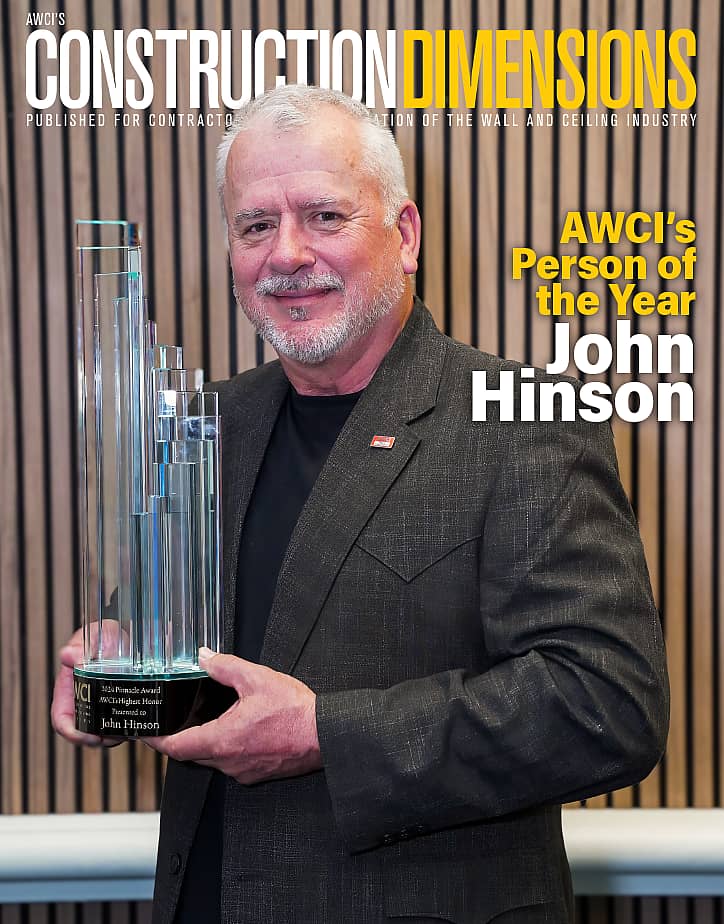Buildings are bad news for a world that needs to decarbonize. Our homes, schools, offices and factories emit 40% of the world’s greenhouse gases by consuming voracious amounts of electricity to heat, cool, light and power appliances, says Katie McGinty, vice president and chief sustainability and external relations officer for Johnson Controls, in a TED talk. What can be done?
We need to flip the right levers to decarbonize the built environment. McKinsey & Company studied the net cost of various applicable carbon reduction technologies, comparing them with traditional practices and accounting for scale, geography, climate zone and regulatory differences. It turns out 22 levers “can reduce operational emissions by up to 90% and embodied emissions by up to 60% for the built environment,” McKinsey says.
Let’s discuss three of these levers.
Heat Pumps, Prefab, Green Steel
Three promising decarbonization levers include (1) heat pumps to reduce space and water heating emissions by about 60%, (2) off-site construction to minimize waste and (3) green steel to make use of alternative energy, scrap metal and carbon capture technologies.
Mind you, this is my list, not McKinsey’s list of 22 levers, which you can read about in the June 2023 article, “Building value by decarbonizing the built environment.”
Heat pumps are an easy way to make a big difference. They use refrigerant and electricity to transfer heat from outdoor air or the ground to a building’s interior. They also cool interiors and, in combination with smart thermostats, can help lower GHG emissions.
Off-site construction is my No. 2 because I believe it’s your destiny. It is inevitable that more and more AWCI member contractors will kit, prefabricate and build assemblies off site. (See InSync, “Prefabrication: Accept It,” October 2023, AWCI’s Construction Dimensions.) Plus, McKinsey estimates that building manufactured products off-site can abate 40% of the emissions associated with the transportation of materials. That’s a sizeable abatement.
Finally, green steel is something you’ll hear more and more about. While steel-making is carbon intensive—“one metric ton of steel results in 1.8 metric tons of CO₂ emissions,” McKinsey says—production is shifting to low-carbon steel. Low-emissions steel capital spending is projected to increase to $16.9 billion by 2025, $23.4 billion by 2030 and $83 billion by 2050, says McKinsey in “Spotting green business opportunities in a surging net-zero world.” The outputs for low-emissions steel for those years will be 467 million metric tons (2025), 628 million metric tons (2030) and 1,838 million metric tons (2050). And, the high-emissions steel output by 2050 will be only 11% of its 2020 value.
This shift to green steel involves installing carbon capture and storage equipment. It involves replacing existing furnaces with direct reduced iron-electric arc furnaces, which use scrap steel. Further gains will come when renewable energy sources, such as green hydrogen, displace the use of natural gas.
You have probably heard about engineered wood products as another “green” lever to flip. However, wood’s claim of being green is being questioned. “Wood Is Not the Climate-friendly Building Material Some Claim It to Be” is the title of an article highlighting research from the World Resources Institute. WRI researchers explored how demand for food, wood and shelter is squeezing the land needed for storing carbon and protecting biodiversity. The researchers modeled the carbon opportunity costs of land use and found that harvesting the world’s forests to produce “mass timber” products would not be an overall climate-friendly substitute for concrete or steel framing.
Stay Tuned
A great shift in channel partnerships is underway. For example, as steel producers retrofit their plants to produce green steel, they’re beginning to align their businesses with alternative-fuel providers and with engineering and construction firms that specialize in green technologies, McKinsey says.
Are you part of this new alignment? Are you staying in sync with the trends? I’m sure you want to play a role in this great decarbonization effort. Stay tuned. An exciting new built environment lies just ahead.
Mark L. Johnson writes for the walls and ceilings industry. He can be reached via linkedin.com/in/markjohnsoncommunications.



